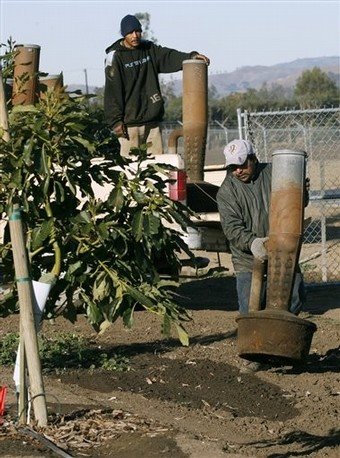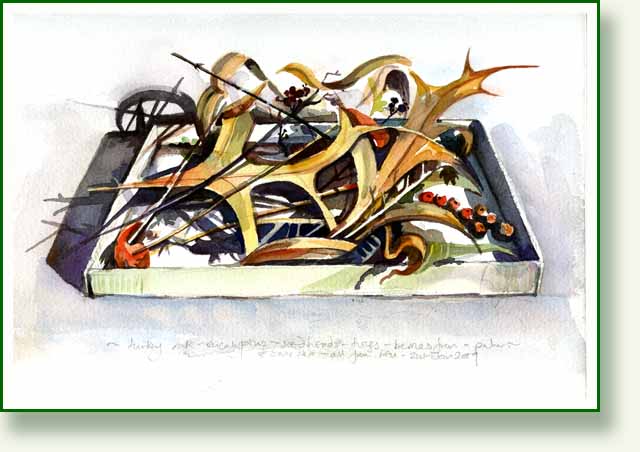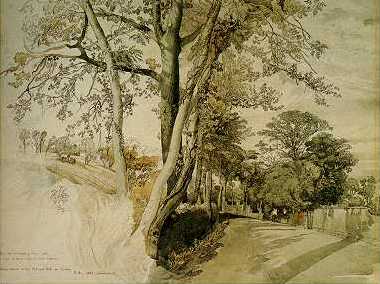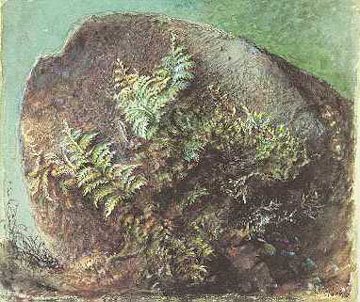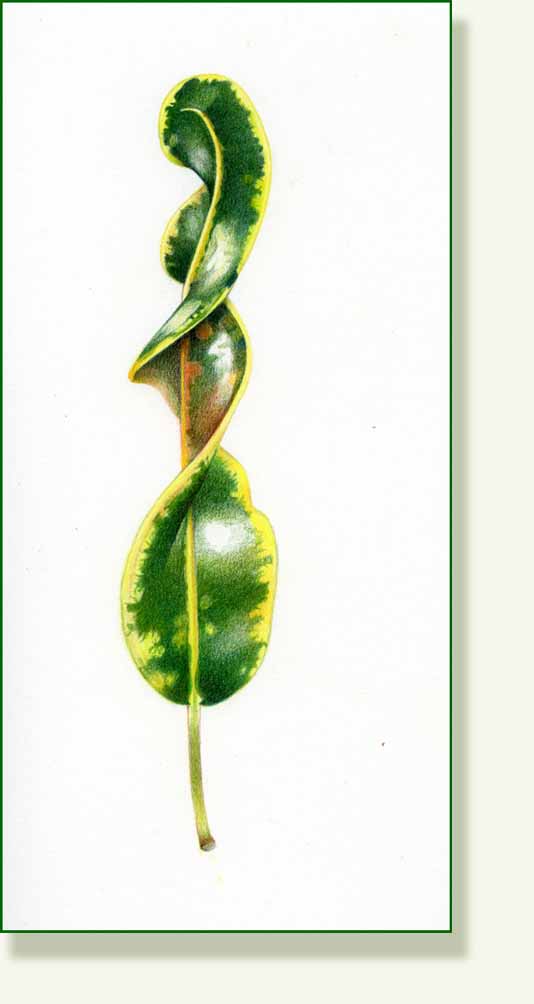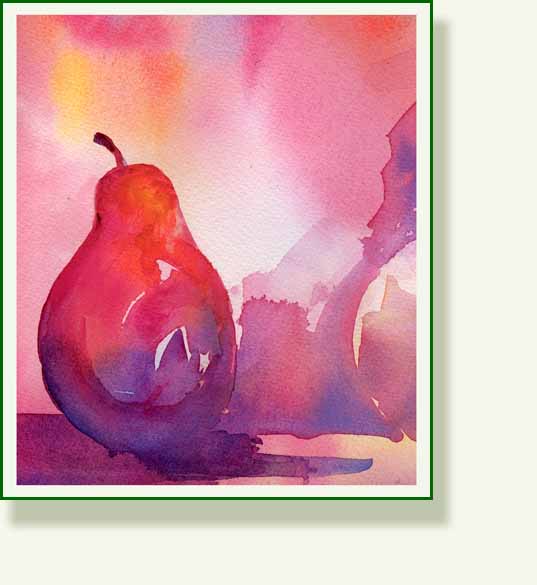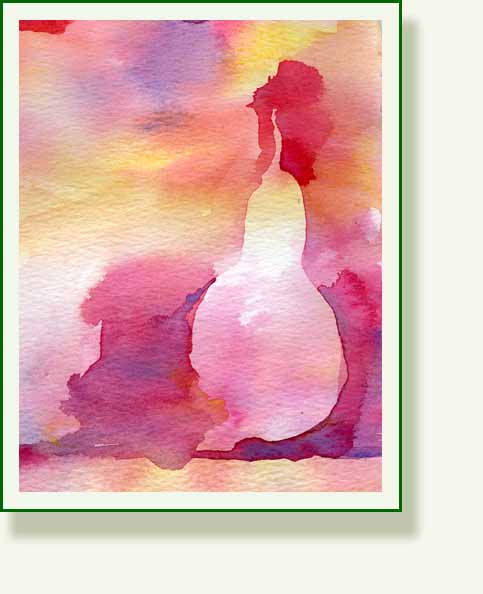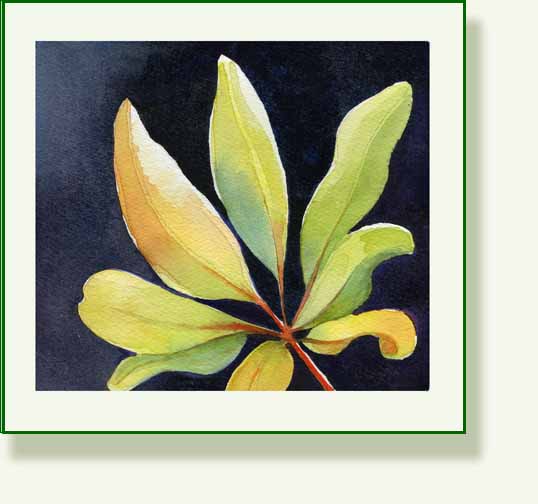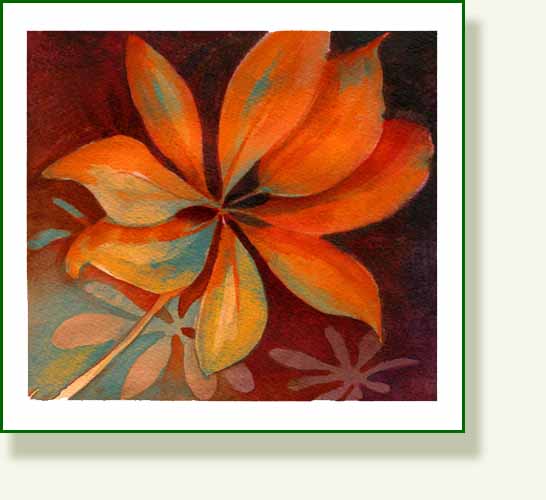Yesterday was the very best excuse not to do any drawing at all. I unashamedly spent the whole day glued to the TV, watching the inauguration. It was all very uplifting and inspiring, and cheered up this freezing January week. I have not sensed such a feeling of hope since those heady days of the 1960’s.
But it’s very very cold today, so cold that we fear for Chris’ carambola, too cold to cycle far, so I am suffering somewhat from cabin fever. Reading back through the blog, last year was similar, with “The Big Ugly Freeze” in early January.
Having been brought up in rural Lincolnshire I do feel for the farmers. To be at the mercy of the weather dictates that you must develop a philosophical view of life but, after days and days of tending and nurturing, and months and months of waiting, to lose a crop is devastating. So I am always interested in how growers try to protect their crops. Here, in the aptly named Plant City they are spraying the strawberries with water which forms a protective coat on the fruit, and I was fascinated to learn about the “smudge pots” which were once used in Florida and California.

Nice old image of 1930’s smudge pots from University of California contributed by Anaheim Public Library here
They are called “choofas” in Australia by the “choo choo” noise the “pots” make while burning the fuel. Like a big version of our old horribly smoky paraffin heaters in the UK, the “smudge pots” created a thick, oily smoke and it was the smoke rather than the heat that protected the fruit.
“The smudge pots do not put out enough heat to heat the orchard, however the thick smoke cloud acts to reflect infrared radiation (heat radiation) from the orchard, thus “trapping” heat between the cloud and the ground. By reducing the amount of heat lost by radiation to the night sky, the orchard cools more slowly, hopefully keeping it above the freezing point through the night.”

Fabulous image here from Life Magazine, here. The caption reads,
“Farmers sitting up all night with kerosene cans, filling lines of smudge pots.
Location: CA, US , Date taken: 1949 Photographer: Ross Madden “
These types of heaters burned oil and when the temperatures dropped to near 26 degrees, crews with torches went through the orchards lighting the heaters. It as a dirty job and hard work, the smoke would seep into nearby homes, blacken the curtains and the washing and get into your nostrils.
Another equally dirty way to protect the orchards was to burn old tyres.
Report from 1950 from the The South Coast Air Quality Management District here
“You’d blow your nose, and it would be black,” said Edward Camarena, a former chemist with the Orange County Air Pollution Control District, the first air quality agency to regulate orchard heaters, popularly known as smudge pots. “I can remember getting up and going to work and seeing this ugly black haze where they had smudged most of the night,” said Jack Adame, a retired University of California, Riverside employee. “
You can also read an account of the use of smudge pots in 1910 with some nice old photos, from Marty Mincers Orchard in Iowa here .
But this more recently is “Friday, Jan. 12, 2007, setting up smudge pots in Camarillo, California to protect young avocado trees” by Gus Ruelas, AP Photos here
The design of the pots seemed to vary quite a bit and there are some excellent photos to be found by looking on the web. I have spent a very happy couple of hours browsing, there are some wonderful shapes and colours .
It seems it is now “illegal” to use them in great number and perhaps the type of fuel is regulated. These days they try to combat the freezing air with wind fans and water sprinklers but I am sure some old smudge pots come out too.
Today I have been back to scribbling, reading and notemaking. I am thinking of making some larger watercolours, much looser than the botanical ones and keep coming back to the beautiful Cotton Bol, I picked two more the other day from the tree at Leu.
But I put off the evil hour of tackling the full sheet of white pristine paper which is now sitting ready on the desk, by making a small sketch of a shoebox lid into which I had dumped some bits from the nature table. It looked attractive in the sun with the long cast shadows that I like so much so I drew it just as it was…while the big white full sheet watercolour paper still sits there, still pristine.
In the shoebox lid are a couple of big turkey oak leaves, some eucalyptus leaves, some red berries from a palm of some sort, various twigs and some seed heads. There is one seed head from the crepe myrtle which I might (will probably) draw tomorrow, if I am still intimidated by the big white paper.
_________________________________________________________

